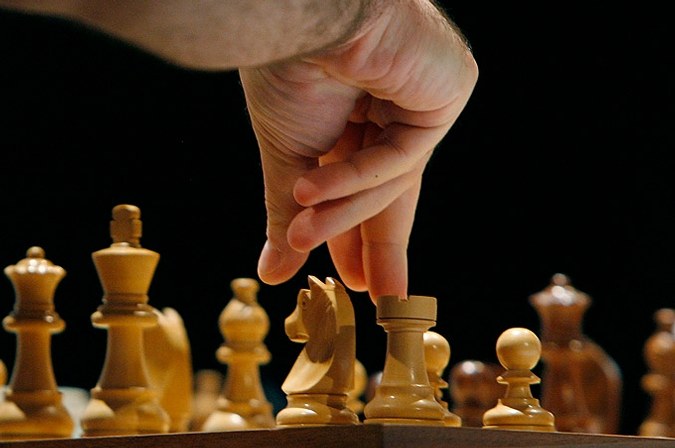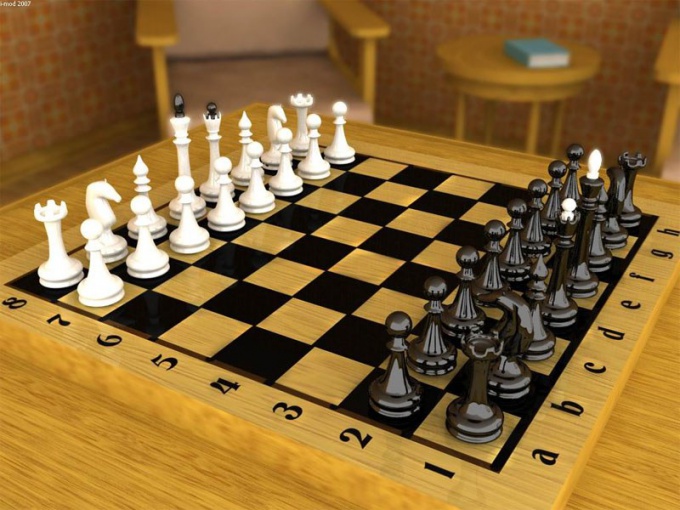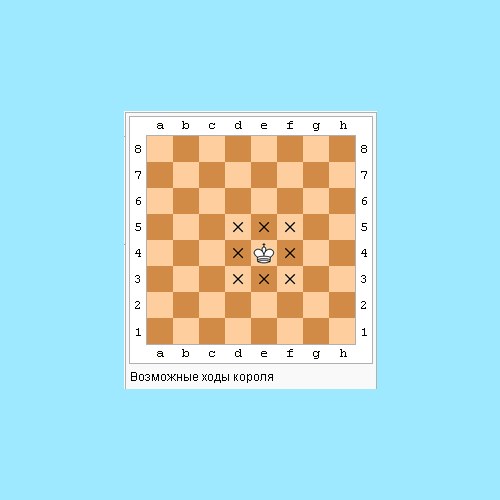What are the rules of castling in chess
What are the rules of castling in chess
Castling is a chess term thatIt is used for a special move - the rearrangement of two figures at once, as a result of which they change places on the chessboard. Like other moves in chess, castling has well-established rules.

The concept of castling
Ordinary course within the chess gameimplies the movement of one figure in the framework of an acceptable algorithm of movement on the board. In this respect, castling is an exception to the rules, since two chess pieces are simultaneously moved simultaneously. In this case, the figures that can participate in the castling are strictly defined: it is the king and the rook, which is sometimes also called a tour or a tower. In order for the chess player to make a decision on this move, it is necessary to form special circumstances during the game, which, on the one hand , make it possible in accordance with the rules of commission, and secondly, determine its expediency. The fact is that as a result of the castling, the positions of the two figures involved in it change significantly, so it is necessary that the change in the position of both benefits the player. Castling Rules
One of the key castling rules is that,that by the time of its implementation all the figures participating in it, that is, the king or the rook, must remain at their original places, where they are from the beginning of the party. If these figures have already made any moves and then returned to these positions, it will be impossible to make castling. In addition, to implement castling, it is necessary that all the cells of the field between the rook and the king are free, that is, they do not have any other figures. As is known, the chessboard consists of 64 fields - 8 in each direction. Therefore, the distance from the original position of the king to the original position of each of the rooks of its color is not the same: for example, between it and the right rook there are two free cells, and between it and the left rook - three cells. Therefore, the rules of castling determine the movements of the king, and the movements of the rook are tied to them. So, with both right and left casting, the king must move accordingly to the right or left side to two cells. After this, the rook moves, which must take the position to the right of the king. Such castling, depending on the nature of each of them, is usually called long and short. After that, castling is considered complete. However, during one chess game each player can make only one similar move, so you should carefully consider whether his use in the current situation is really appropriate, or this possibility should be reserved for a more appropriate case.








